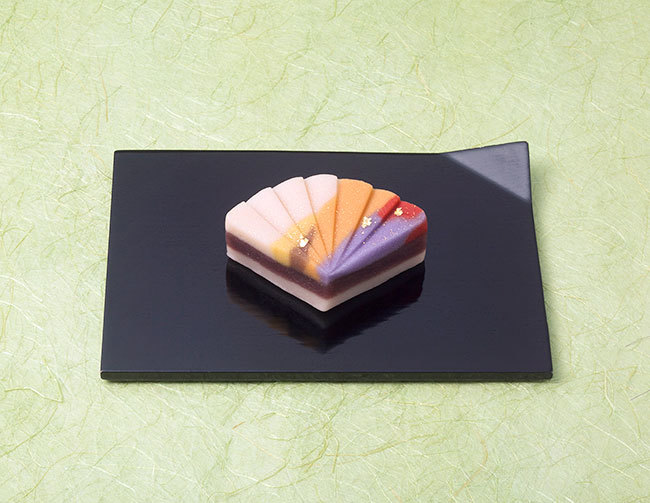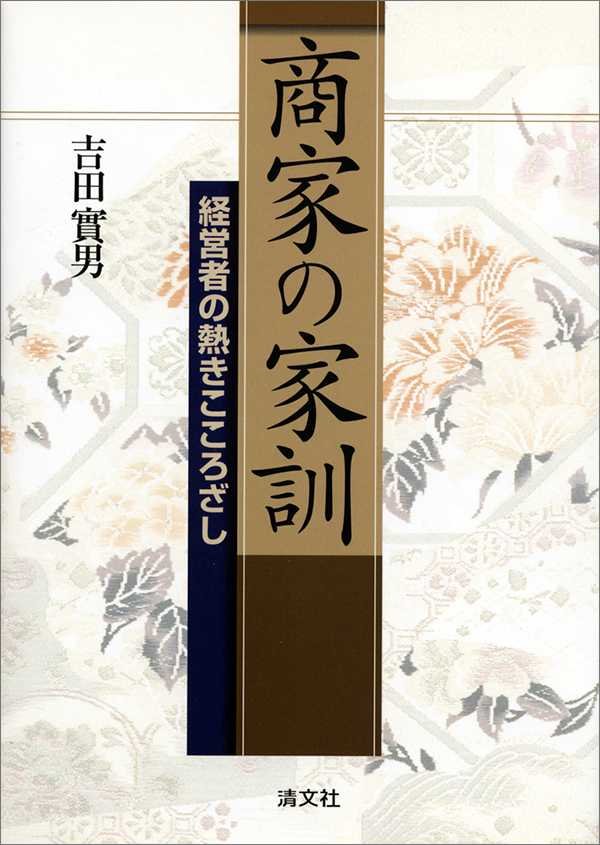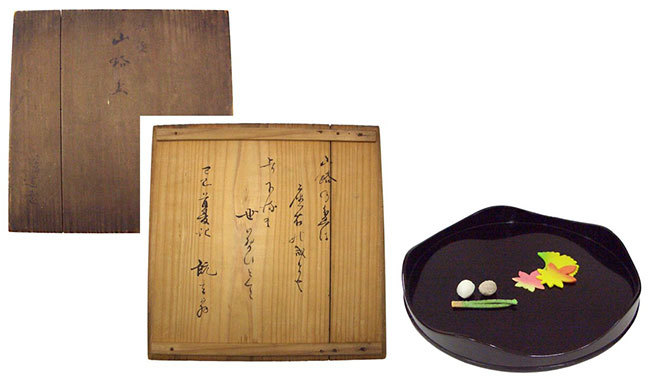A trip to Nagoya to visit Chiyoko Oshima of "Confectionery Shop Ryoguchiya Korekiyo". As a die-hard Dragons fan, the night we toasted with sake from Hida, the hometown of first-round draft pick Subaru Neo, was fantastic. But what was most fascinating was hearing about the long-established company's approach to talent development – something you rarely get to hear about. It centered on three major points: "Sharing a Sense," "Leaving it to the Field," and "Thinking in Decades."

Next Year's Chinese Zodiac: Boar
While the Western confectionery world competes on the "individual" taste of the pastry chef, Japanese confectionery, for better or worse, is about the "shop name" taste. In other words, the "essence of Ryoguchiya Korekiyo," which was also a topic in my previous column, is crucial. Japanese confectionery is also called "the art of the five senses," so the key point is how to pass on traditions that cannot be fully expressed by merely accurately reproducing recipes.
In such times, the traditional approach was for apprentices to "steal the techniques of their seniors" or "learn from watching their backs." While today's approach is admittedly more formal—"we teach things properly with words, carefully (laughs)"—both then and now, the key seems to be hiring completely untainted, fresh talent (like those from confectionery schools) for long-term employment. This allows for a thorough "sharing of sensibilities."

"Elegance"
The second point is "leaving it to the frontline." My own preconceived image of a long-established shop was one where a stubborn owner or master craftsman dictated what to make top-down, while the frontline staff just carried out the work.
However, Ms. Oshima states, "The most enjoyable part of the job is the moment you create a confection, a product, a brand, right? Of course, it's tough until it's finished, but seeing customers delighted by what we've made is a joy like no other. I shouldn't hog that kind of fun for myself, should I? (laughs)"
Moreover, this "leaving it to the frontline" approach isn't recent. At least 30 years ago, during the time of the previous generation before the current owner, there was a system where all employees participated in developing new confections.

'House Rules of a Merchant Family: The Passionate Aspirations of a Business Owner' (by Yoshida Minoru, Seibunsha)
On the other hand, "human resource development" involves not only nurturing these frontline staff but also the aspect of passing on excellent management practices. I recently happened to read a book called 'House Rules of Merchant Families'. Amid talk of corporate lifespans being 5 or 30 years, this major work unravels the secrets of long-established businesses lasting 200 or 300 years through the "house rules" of 24 families. For example, the house rule of the Ōmi merchant family, the Tomura family, is...
Article 1: "Avoid Selfishness"
Article 2: "Frugality is the foundation of protecting the family"
Article 3: "Recognize the Hierarchy of Social Status"
Article 4: "Cherish the dignity of the Tomura family"
Article 5: "Maintain proper etiquette with business partners and close associates"
Article 6: "Always Serve Faithfully, Without Favoritism"
Article 7: "All household members shall live in harmony."
Article 8: "Be loyal to one's master, filial to one's parents, and understand human kindness"
Article 9: "Do not become arrogant."
Article 10: "Strive diligently with honesty as your guiding principle."
Article 11: "Domestic disorder arises from extravagance."
Article 12: "A pure heart is most important."
Article 13: "Do not lend or borrow money."
Article 14: "Understanding of Credit Sales"
Article 15: "Guidelines for Transactions Involving Guarantors"
Article 16: "Recovery of Bad Debts"
Article 17: "Late Interest"
Article 18: "Timing of Purchases"
Excerpts from the family precepts of Hakata merchant Shōshitsu Shima...
Article 1: "Integrity, Conscientiousness, and Courtesy"
Article 2: "Until the age of fifty, there is no need for prayers for the afterlife."
Article 3: "Gambling is forbidden."
Article 4: "Do not exceed your station; prohibit extravagance"
Article 8: "Practice frugality; the master himself shall tend the hearth fire."
Article 11: "Understanding the consumption of rice, miso, and salt; the master and mistress shall lead by example and eat rice porridge."
Article 12: "When young, members of the royal family shall eat the same meals as the servants."
Article 16: "Do not interfere in quarrels or arguments"
(Yoshida Minoru, "House Rules of Merchants," Seibunsha)
I was surprised by how many "must nots" appeared in the family precepts introduced in this book. Live frugally, honestly, and harmoniously. These seemed to be common concerns among many long-established businesses. When I asked Mr. Oshima about the case of Ryoguchiya Koreyoshi, he brought out a confectionery tray called "Yamaji Bon." On its box was written:
"The mountain path's edge—is this a motto? Ascent and descent—such is the way of the world."
It means something like, "Just as the rim of this confectionery tray has its ups and downs, so too does the world. Keep this firmly in mind." However, it is passed down with the meaning, "Do not be swayed by immediate events; conduct business steadily, without haste."
This wisdom, born of a long-established business, reflects the challenges of losing their largest client, a feudal lord, during the Meiji Restoration, and navigating postwar material shortages. It's distinct from other family mottos.
This philosophy also connects to the current policy: "If people say, 'Ryoguchiya Koreyoshi has changed,' that's no good. Evolve at a pace where people think, 'Come to think of it...' only after ten years."

Yamaji Bon
Mr. Oshima himself studied marketing thoroughly in graduate school (MBA), so he is well aware of the general principle that rapid change is desirable. However, he believes that nurturing both people and products slowly, "over a decade," is the approach that is "true to Ryoguchiya Koreyoshi."
Well, well.

To finish off the sake: "Sasaragata"
I felt ashamed of myself for muttering things like, "I don't really feel the culture in Nagoya." Munching on the famous souvenir confection "Sasaragata," I slowly, slowly reflected on Mr. Oshima's words.
Please, have some!











